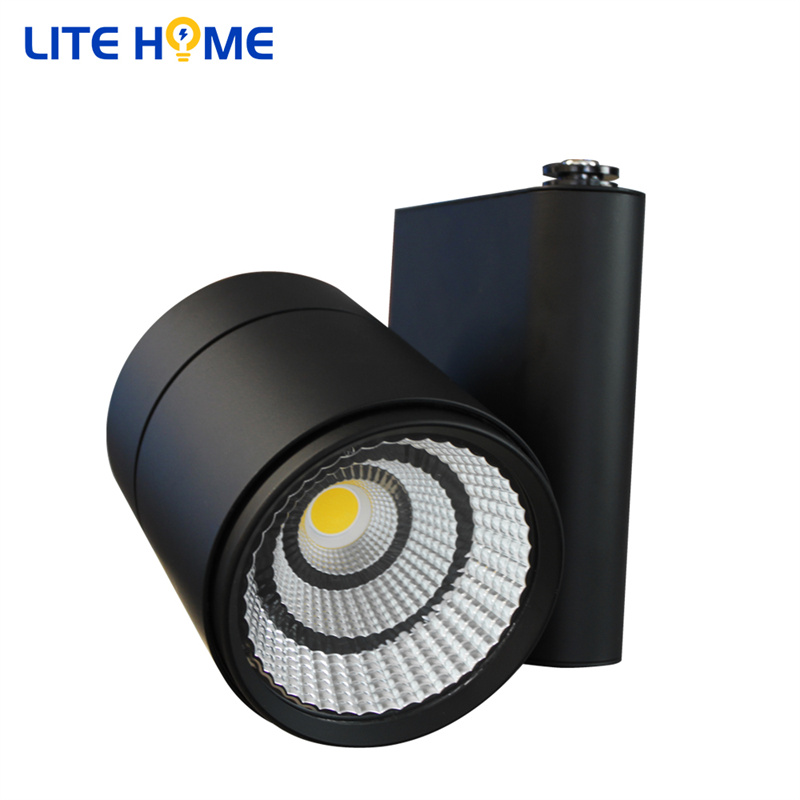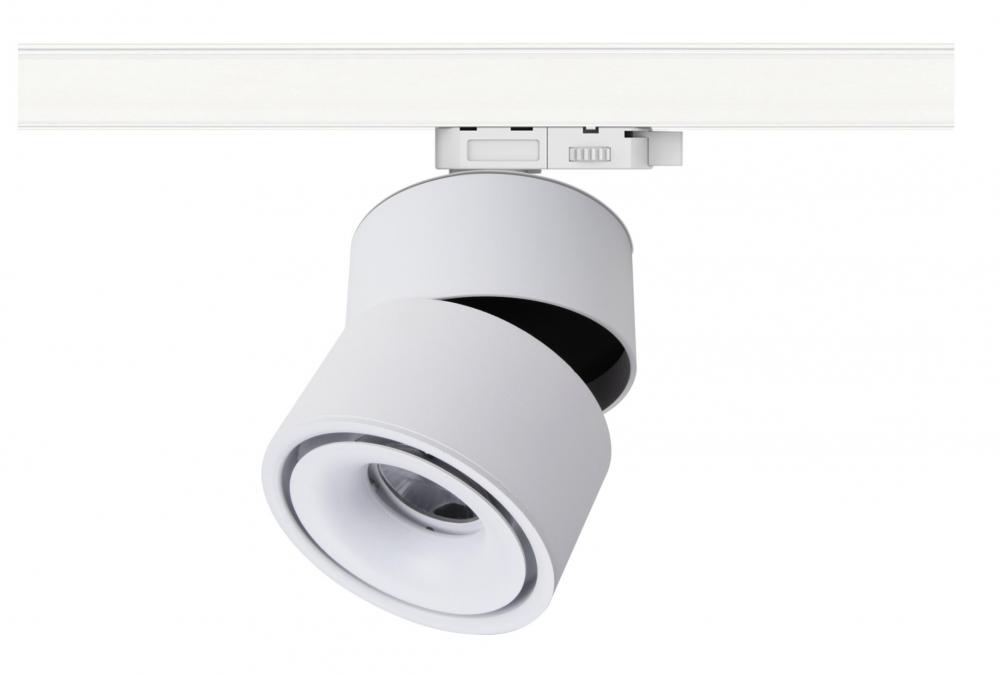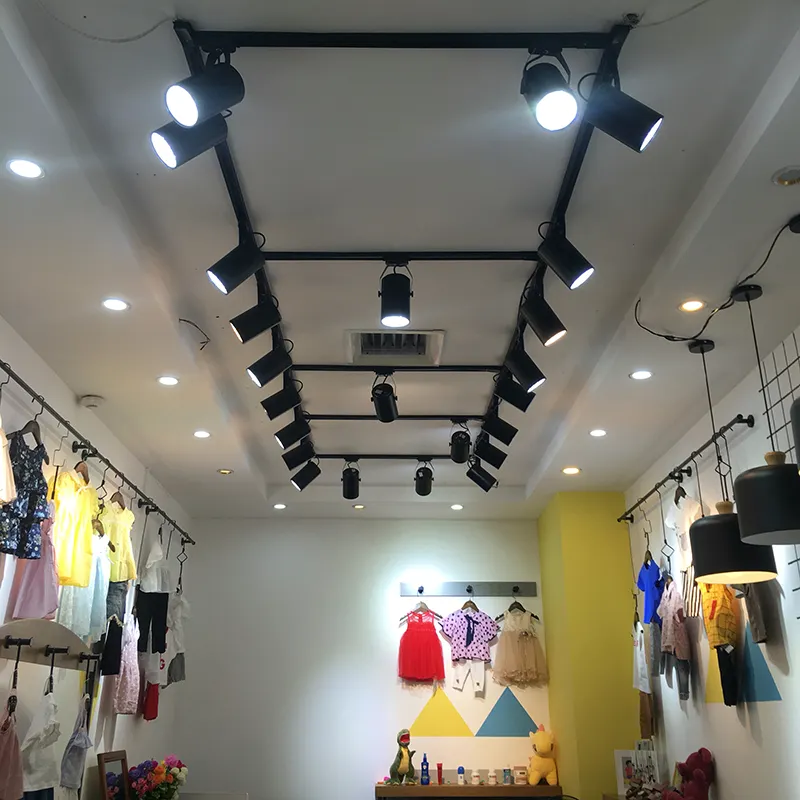Judging from the sudden rate cut, the steel market in July
Sudden interest rate cuts counter-evidence to economic downturn
The recently released official manufacturing purchasing managers index for May (PMI was significantly lower than April, only slightly above the 50% threshold, confirming the rapid downward trend in the economy. Particularly worrying is that the finished goods inventory index has risen sharply. The company’s sales were sluggish, while the new orders index fell below 50% to a contraction range, indicating that economic activity in the future will be even weaker.In addition, the previously announced macroeconomic data for April showed a general decline, indicating that the economy may fall back to 7.5 in the second quarter. %the following.
Compared with the financial crisis four years ago, the current situation is different. On the one hand, the current economic situation is better than that of the financial crisis: First, the slowdown to 6.1% in the first quarter of 2009 when the GDP was lowest, except for the current slowdown in the economy, which is largely due to domestic real estate policies and restrictions. The results of the government's investment platform policies and other active controls; Second, the year-on-year growth of exports in April this year fell to 4.9%, far better than the -26.3% in May 2009; Third, the April industrial output value rose 9.3% year-on-year, It was also better than the lowest point of 5.4% in November 2008. Fourth, the PMI in May was 50.4%, still better than the lowest point of 38.8% in November 2008. Fifth, there was a relatively obvious unemployment problem in 2008. The current job market is still operating well.
From the first quarter of last year to the first quarter of this year, China's GDP growth rate showed a downward trend for five consecutive quarters. According to the statistics released in April this year, the situation is not optimistic. In terms of industrial production, the value-added of industrial enterprises above designated size increased by 13.4% in April compared to the same period last year, and fell 1.4% from March. From January to April, the added value of industries above designated size increased by 14.2% year-on-year, 0.2 percentage points lower than that in the first three months.
In terms of fixed asset investment, although fixed-asset investment in January-April (excluding the year-on-year growth of 25.4% in rural households), the total planned investment in new start-up projects has dropped by 1.1% year-on-year. In terms of consumption, total retail sales of consumer goods in April increased by 17.1. %, 0.3% lower than in March. In terms of exports, in the first 4 months of this year, China’s exports grew by 6.9% year-on-year, well below market expectations, while the growth rate in April has fallen to 2.7%. There is no effective improvement, and it can be seen from this that the “troika†that has promoted China’s economic growth has shown signs of weakness in varying degrees.
Under such circumstances, China's macro-control policies began to appear some quiet changes. On the one hand, monetary policy, through successively lowering bank deposit reserve ratios and interest rate cuts, in addition to the impact of the decline in hedge funds, has also objectively increased the bank’s loanable funds, thus creating conditions for relative credit relaxation. . On the other hand, the NDRC has expedited the approval of projects. Since the end of February this year, the approval rate for major construction projects has accelerated significantly, and some expressway networks, airports, and rail transit projects have received centralized approval. According to preliminary statistics, from January to April, the number of new projects increased rapidly, and only 328 projects approved by the National Development and Reform Commission in April were almost twice as much as the same period last year.
In May of this year, the new credit of the banking industry will be close to 800 billion yuan. Under the environmental stimulus that the central bank has increased its window control efforts and the speed of the current project approval and acceleration, it will be expected to maintain this level in the coming months. From the current market situation and reality analysis, the country’s determination to “stabilize growth†is firm, but in fact there are not many specific methods, mainly through the exchange rate adjustment to increase the competitiveness of export commodities, and stimulate enterprises through interest rate cuts. Demand for loans, increased project construction to hedge against real estate investment reduction, through domestic appliances and other subsidy means to stimulate domestic demand, and in response to the financial crisis in 2008 are exactly the same, but the specific analysis, strength is not the same, from the policy declaration It can be seen that the policy in 2008 was to "guarantee growth," but at present it is "steady growth," and "guarantee" and "stability" have great implications.
From the current reality of sudden interest rate cuts, the current economic reality has entered a relative critical point and is on the eve of accelerated decline. Therefore, the government has to introduce a series of stimulus policies, but with the lessons of 2008, it has not dared to rush down. Drugs cause market expectations to be reversed. Therefore, conservative treatments are first adopted, and time is used for space. Therefore, the fundamental problem of economic operation cannot be solved, and the constantly languishing market will force the government to introduce new stimulus policies, thus entering a new Reincarnation.
Business model is the key issue
The current interest rate cut is actually a boost to the steel market. The actual role will not be significant. Recently, a business-to-business relationship was issued jointly by the Shanghai Iron and Steel Service Industry Association and the Shanghai Chamber of Commerce of Zhouning County, Fujian Province. An open letter from the bank (hereinafter referred to as “Open Letterâ€) calls for banks to give steel trade companies**, and further pushes the capital chain tension of steel trade companies to the front.
Nowadays, there are two cases in which the steel trade enterprises cannot “loan†and “don’t dare to borrowâ€. Since there were mutual guarantees in previous years, the “hidden rules†for repeated pledges were made for this purpose. At the end of April, the China Banking Regulatory Commission issued steel to the steel industry. The documents on trade risk warnings require all banking financial institutions to adjust the direction and policies of credit in a timely manner to prevent the set of fictional trade backgrounds of some steel trading companies (fooling the bank’s behavior). After last year's baptism, most large-scale steel trades this year Business funds are very tense. On the one hand, the hidden risks of funds that have existed in previous years have been gradually erupted. The risk of private lending has become too large. The banks suddenly tightened again and the valves seriously affected the normal operation of the company. On the other hand, due to this year, So far, the market price of steel products has always been upside down. Downstream companies have their own funds because of the need for advances in procurement operations. According to the statistics of the Zhouning Shanghai Chamber of Commerce’s open letter, at the beginning of this year to the present, the scale of the Shanghai steel trade of Zhou Ning Has been shrinking more than 23%, for the steel trade industry, ** contraction of 30% may be the "red line" of life and death. Even if the ** to the current steel trade enterprises The industry is only given a chance to breathe. If the entire trade model does not escalate, the systemic risks that emerged this year will emerge later.
In fact, the current situation occurred as early as when the financial crisis broke out in 2008. However, after the introduction of the 4 trillion investment policy, the downstream demand was revived and revived, and many steel traders were revived. Support is also restored and risks are temporarily covered.
In the final analysis, the current systemic risk of the steel trade industry is actually due to the current mode of trade. Although there have been constant attempts to change in the past few years, from the author's point of view, it has not been separated from the semi-feudal and semi-colonial state. On the one hand, steel mills are striving to determine pricing power and adopt the “patriarchal†model to control market pricing. The attitude of traders has always been to use rather than cooperate. This is the so-called “feudalismâ€. On the other hand, foreign ore giants have penetrated the domestic steel industry chain through various models, and obtained excess profits by controlling the rise and fall of raw materials. Similar to the former "colonial", so it is traders who work for steel mills, steel mills work for the mines, traders survive in the bottom of the steel industry chain, so they have to use financial means to survive, once the market has reversed, the most The first to fall is definitely a trader. It is nothing but this storm that has been scrapped by big traders to gain a certain amount of social attention. Once the domino effect has emerged, the systemic risks of the steel trade industry cannot be ignored, and the runway at the end of last year will reappear.
For the sake of this plan, I feel that we must not immediately relax monetary policy and cover up the current problems. Instead, we should consider how to upgrade from the entire industry chain and trade model, and push the industry to upgrade through the market and upgrade the trade model. On the other hand, If traders fall in large numbers, market pressure will undoubtedly shift to steel mills. However, from the situation in recent months, due to the substantial price cuts of ore coke, steel mills have increased their production capacity, and the idea of ​​making up for losses in the first quarter has prevailed. The quarterly increase in the supply of steel resources is inevitable, while the downstream demand is slowly recovering, and market opportunities will appear in the third quarter.
July Steel Market Forecast
Judging from the current situation, the steel market in July will be in a “recovery periodâ€. The system risks of steel trading companies will not appear, and large steel trading companies will mix steel trading and real estate, mainly because of the cash flow from the steel trade industry. Huge, financial statements look good, the real estate industry has invested heavily in the early stage, and the circulation of capital is slow. From the situation of the recent slow recovery of real estate, there will be a certain increase in house prices in July to be positive for the capital.
On the other hand, the deteriorating international economic situation, including Greece and Spain, has presented a harbinger of systematic risks, which has increased the possibility of monetary easing in Europe and the United States. Under such circumstances, domestic monetary policy will also start linkage adjustment. This is a potential positive aspect of the policy.
Observed from the ** disk surface, the large range in the first half of the year in the 4000-4400, in July by policy favorably recovered to the median 4200 is more realistic, the current inventory is accelerating digestion, although there is a demand for low-speed release, but the main Or because of the low price of the previous period of pledged resources, it is caused by the market liquidation, and once the steel mills put a lot of resources, the market inventory will also rise substantially. This requires a clear understanding.
COB LED Track Lights are single-optic LED platforms that combine form, function, and visual comfort. Because of its complete flexibility in lumen output and beam angles, it enables optimal lighting designs, including extremely tight accent applications. Designers can customize the light output with interchangeable reflectors to create the ideal environment. In addition, all COB LED Track Lights produced by LiteHome undergo an 8-hour burn-in test before production to ensure that customers receive products in good condition and in a good performance. By choosing LiteHome, you can buy high-quality products at manufacturer prices.


LiteHome Track Head Light has the following advantages:
1. Die-cast aluminum, better and faster heat dissipation of the lamp, less light decay and longer life;
2. Brand LED cold light source, no radiation, no heavy metal pollution, excellent performance, pure and rich color, high brightness, low-frequency flashing, energy-saving and healthier;
3. High-efficiency optical grade lens, low light loss, good illumination;
4. High-power transformer, the perfect combination of lamps, electrical appliances and light sources;
5. Lightweight, simple, beautiful and easy to install and replace.
6. A variety of beam angles for you to choose from: 15°, 60°, 90°
7. It can Rotate up and down 350°, and rotate left and right 350°. Can illuminate in all directions.


Led Spotlight Ceiling,Led Spotlight Fittings,Spotlight Led Lights,Track Light Heads,Gallery Light,Spotlight Track Light,Led Spotlight,Led Downlight
SHENZHEN LITEHOME OPTOELECTRONIC TECHNOLOGY CO., LTD. , https://www.szlitehomelight.com